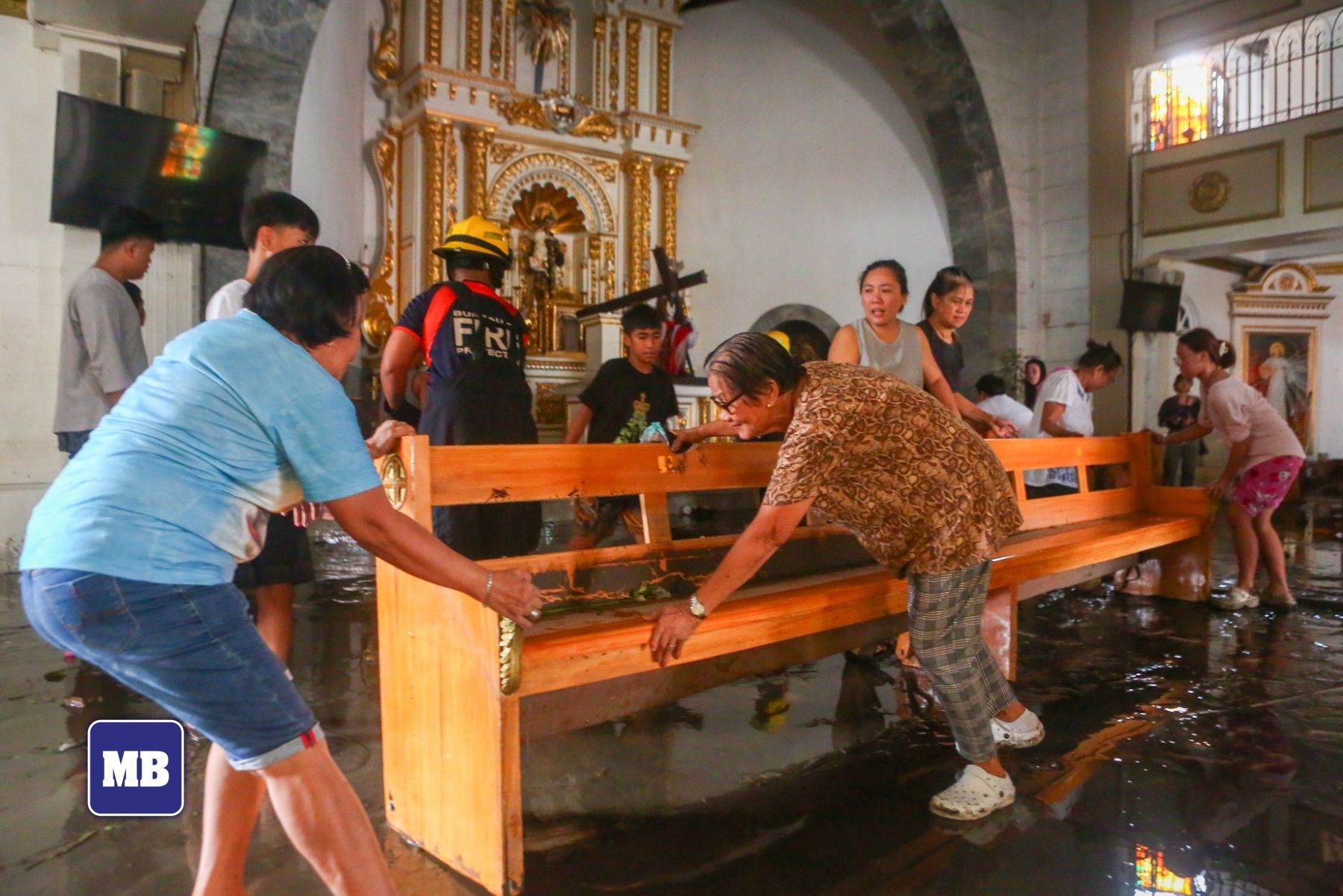'Ondoy' rainfall remains higher than 'Carina'-enhanced 'habagat' — PAGASA

While the monsoon rains were reminiscent of the rainfall from typhoon Ondoy in 2009, data from the Philippine Atmospheric, Geophysical, and Astronomical Services Administration (PAGASA) revealed that the 24-hour rainfall fell short of Ondoy’s record.
Based on the total accumulated 24-hour rainfall from the southwest monsoon, or “habagat,” enhanced by typhoon Carina, 323.9 millimeters (mm) of rainfall was recorded at the Science Garden monitoring station in Quezon City from 8 a.m. on July 24 to 8 a.m. on July 25.
This measurement, although substantial, remains lower than rainfall from typhoon Ondoy and the habagat in 2009, which saw a record-breaking 455 mm of rainfall in 24 hours.
"However, typhoon Ondoy and the habagat are not comparable in terms of their impact on communities," PAGASA Weather Specialist Glaiza Escullar said in a phone interview.
She noted that typhoon Ondoy unleashed significant rainfall exceeding 300 millimeters within just six hours, whereas it took 24 hours for the Carina-enhanced habagat to reach this amount.
Furthermore, based on PAGASA’s data, rainfall from the enhanced habagat recorded 217.4 mm from 8 a.m. on July 23 to 8 a.m. on July 24.
Escullar pointed out that while records indicate that Ondoy's rainfall was still higher, it cannot be compared directly to the impact of the habagat on communities due to differing actions and situations.